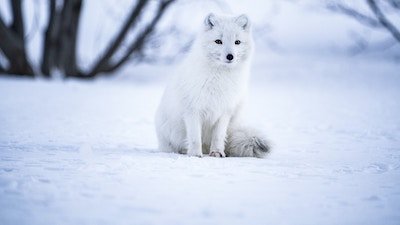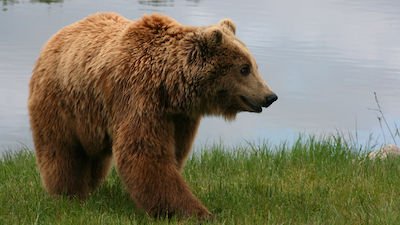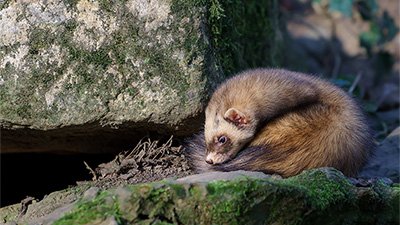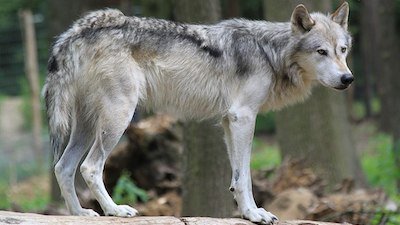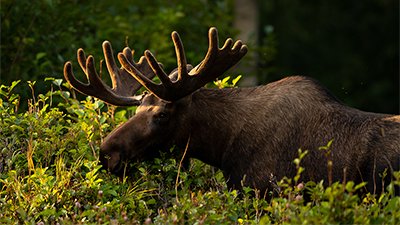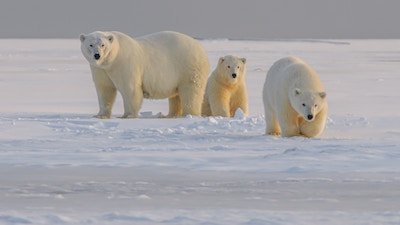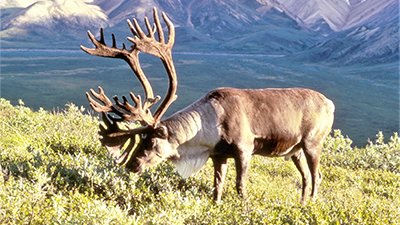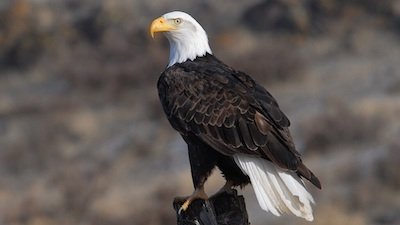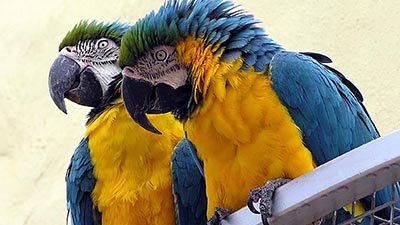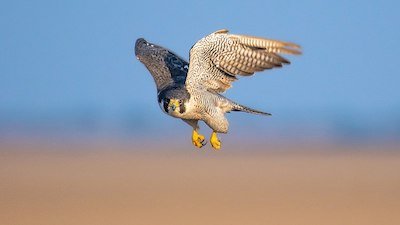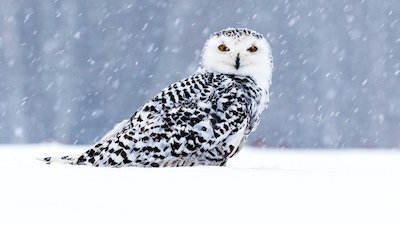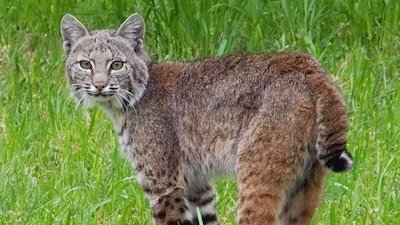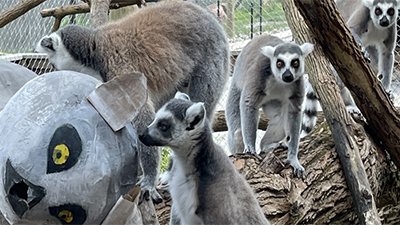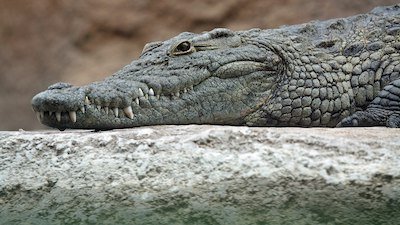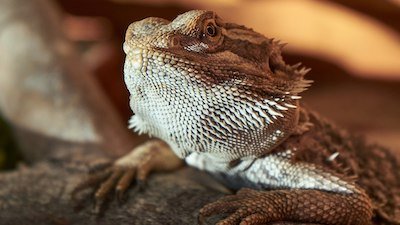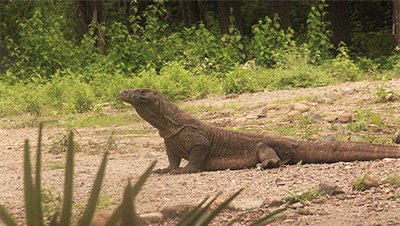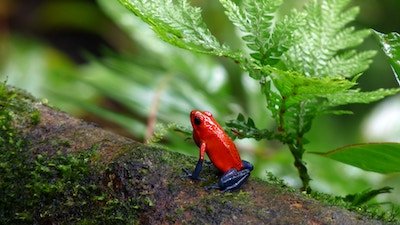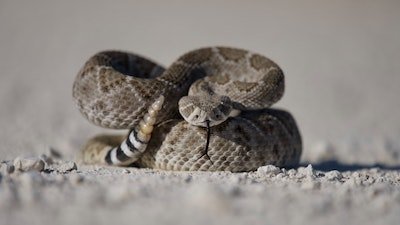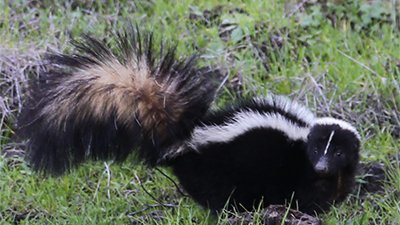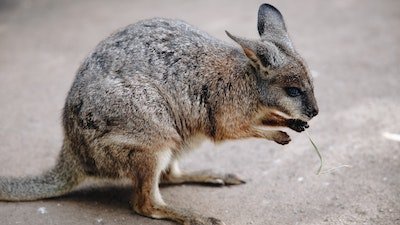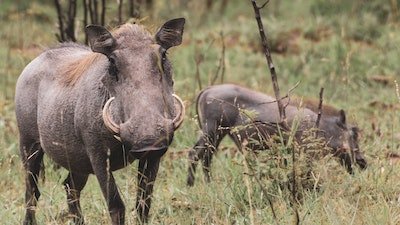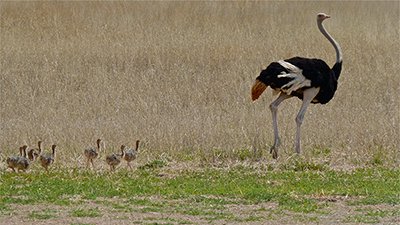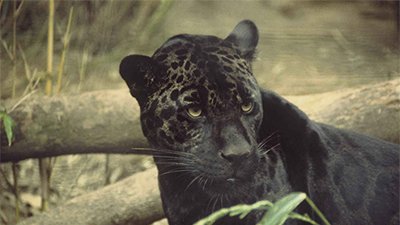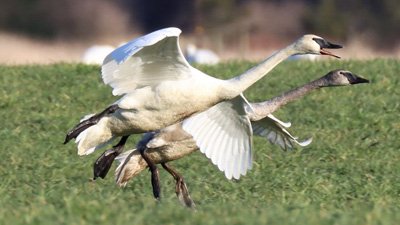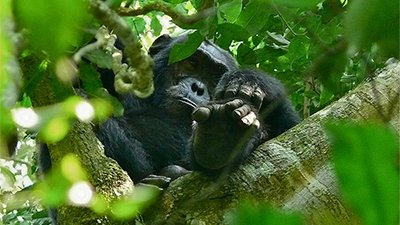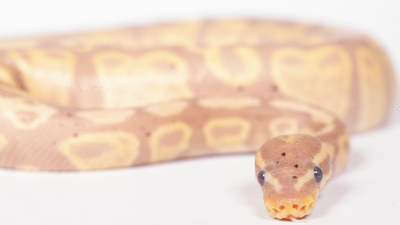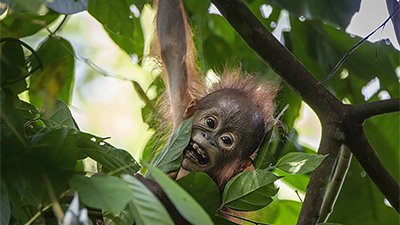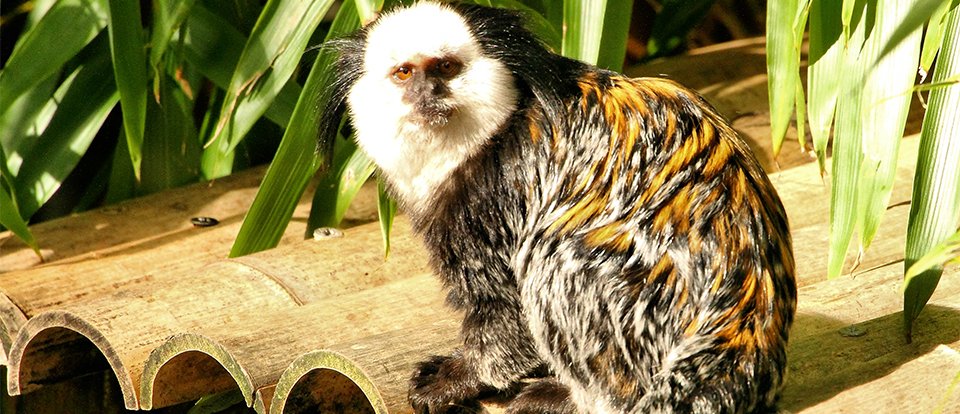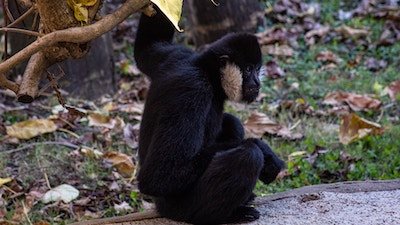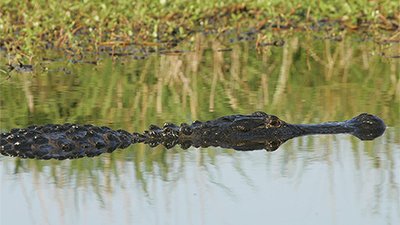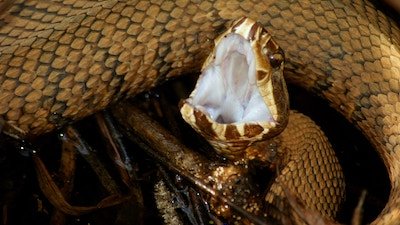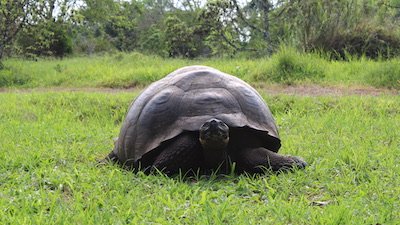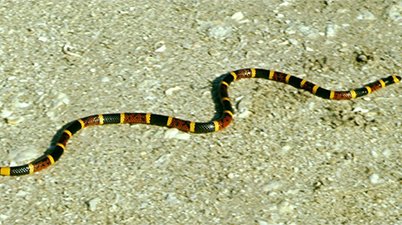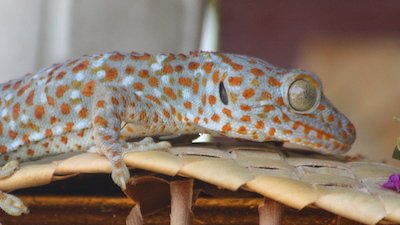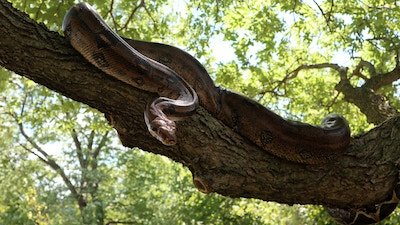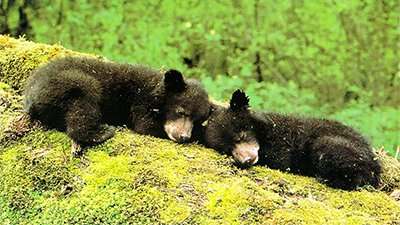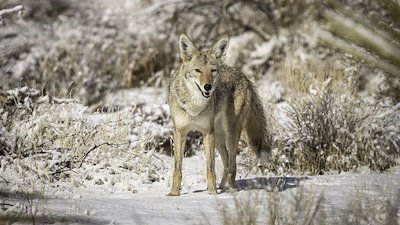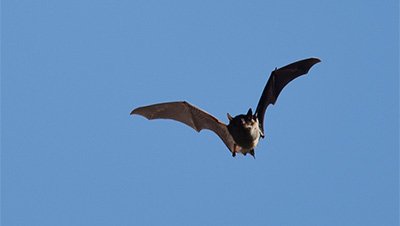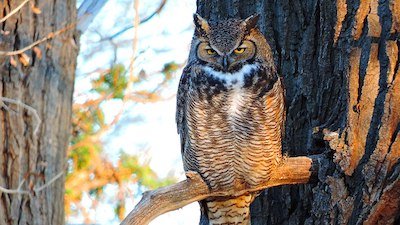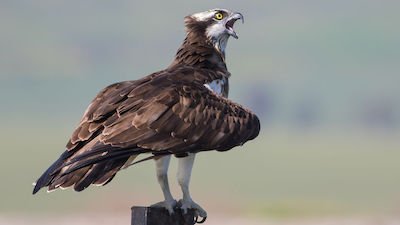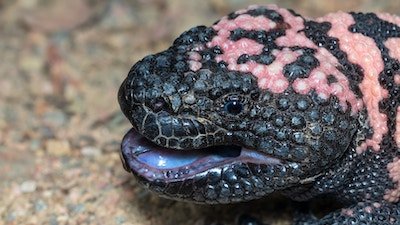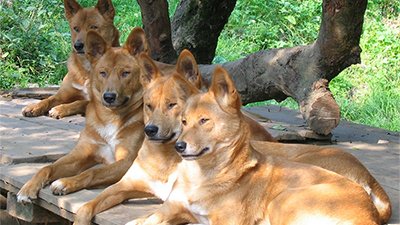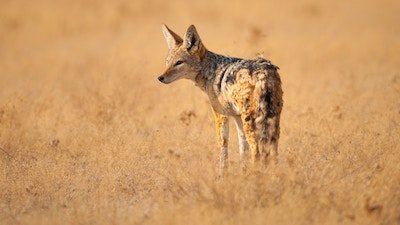Zoo Guide
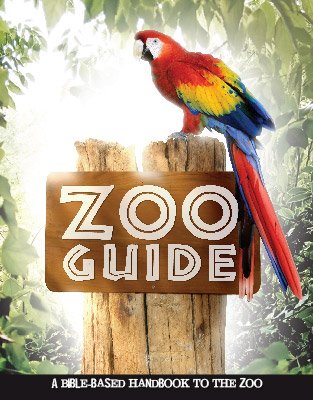
Make your next visit to the zoo more than just fun—make it factual and fascinating too! You could even start a personal “creation zoo tours” ministry. Featuring more than 100 animals, our long-awaited Zoo Guide includes beautiful pictures and explores the amazing facts and design features that point to our awesome Creator. Excellent gift for any one who loves animals!
Contents
-
Supplemental material for the Zoo Guide: A Bible-Based Handbook to the Zoo
Supplemental material for the Zoo Guide
-
Camelpp. 31–32
The most prominent difference between the Bactrian and Dromedary camels is their humps.
-
Koalapp. 57–58
The koala has dense fur that is colored from gray to a reddish-brown. The pouch opens in the rear and extends upward and forward.
-
Rhinocerospp. 83–84
Rhinos have either one or two horns on its heads, which are used in fighting with other rhinos and for protection against predators.
-
Walruspp. 97–98
The walrus is known for its large size and pink–reddish brown coloring. It is also easily recognized by its large tusks.
-
Yakpp. 107–108
The yak has blackish brown hair that covers the entire body and tail. It also has large, curving horns.
-
Andean Condorpp. 111–112
The condor has weak feet that are used more for walking than clutching food. Feathers are absent from most of its head and neck.
-
Wild Turkeypp. 159–160
The trukey is known for its round body, fan-shaped tail, long neck, and large size.
-
Okapi
The unusual appearance of the okapi provides this animal with excellent camouflage in the forests.
-
-
Tasmanian Devil
The Tasmanian devil is the scavenger of the forest, eating left-over carcasses and other dead animals.
-
-
-
-
Wombat
The wombat is designed with powerful legs and extremely strong claws, which it uses for efficient digging and feeding.
-
Cockatiel
The cockatiel has a sharply bent beak, which is perfectly designed for eating seeds and berries.
-
Demoiselle Crane
This bird like many others will pretend to be injured in order to lure predators away from its nest.
-
-
-
-
-
-
White-tailed Ptarmigan
The white-tailed ptarmigan molts twice a year, once in the spring and once in the fall.
-
Elephant
Since the elephant uses its trunk for numerous reasons, God designed it with over 100,000 muscle units.
-
Armadillo
Since the armadillo is almost blind, God equipped it with an excellent sense of smell and good hearing so it can locate food and escape predators.
-
-
California Sea Lion
Sea lions use a system of echolocation to navigate while underwater and to find food.
-
-
-
Great Blue Heron
The long legs of a heron allow it to effectively fish in the wetland areas where it lives.
-
-
-
Grant’s Gazelle
The belly of the gazelle is the perfect color to reflect the heat of the sun’s rays away from the body.
-
-
Kangaroo
Kangaroos like to box. Young kangaroos do this as play while adult males use this action to show dominance.
-
-
- © 2024 Answers in Genesis
- Privacy Policy
- Contact
- About

